-
Rooted in industrial chic and timeless leathercraft, this stool channels the en...
-
Inspired by the timeless elegance of mid-century modern design, this chair pays...
-
Stripped of all excess, this chair embraces essential form with intentional des...
-
Step into the world of classic design, a remarkable fusion of style and comfort...
-
Find out this versatile icon of design chair that effortlessly blends into any ...
-
Discover this metal chair, a symbol of modern craftsmanship that combines simpl...
-
The chair's design is characterized by its simplicity and functionality. The ar...
-
The Minimalist Black Design Chairs is an iconic piece of furniture that has lef...
-
Bring a touch of rustic industrial charm to any setting with our Industrial Woo...
-
The Backless Black Metal Stools feature a distinctively simple yet elegant stru...
-
The timeless elegance of our Classic Black Metal Design Chairs—where sleek soph...
-
The stool's minimalist design is accentuated by its clean lines and geometric s...
What is the ergonomics of a chair?
When we talk about the ergonomics of a chair, we're referring to how the chair is specifically designed to fit the human body, support its natural movements, and promote health and well-being, especially during prolonged sitting. The core aim is to prevent discomfort, pain, and long-term musculoskeletal issues that can arise from poor posture and inadequate support.
Here’s a detailed breakdown of the key elements:
I. Core Principles of Ergonomic Chair Design
- Support for Natural Posture: The primary goal is to help the user maintain a neutral, healthy posture. This means supporting the natural "S" curve of the spine, particularly the lumbar (lower back) region.
- Minimizing Pressure Points: The design aims to distribute body weight evenly, preventing undue pressure on specific areas like the tailbone, thighs, and knees, which can restrict blood flow and cause discomfort.
- Encouraging Movement and Micro-Changes in Posture: While support is crucial, a truly ergonomic chair also allows for and encourages slight shifts in position, preventing stiffness and promoting better circulation.
- Customization (Adjustability): This is perhaps the most critical aspect. Because people come in all shapes and sizes, an ergonomic chair must be highly adjustable to properly fit a wide range of users and accommodate various tasks.
II. Key Ergonomic Features and Their Purpose
Let's break down the components and what they contribute:
-
Seat Height Adjustment:
- Purpose: To allow the user to sit with their feet flat on the floor (or on a footrest if necessary), with their knees at approximately a 90-degree angle. The hips should be slightly higher than the knees.
- Benefit: Ensures proper blood circulation in the legs, prevents pressure on the underside of the thighs, and allows the user to position themselves correctly in relation to their desk.
-
Seat Depth Adjustment:
- Purpose: To ensure that the user's back is fully supported by the backrest while leaving 2-4 inches (about 5-10 cm) between the front edge of the seat and the back of their calves.
- Benefit: Prevents pressure on the back of the knees (which can impede circulation) and ensures the lumbar support is effectively utilized.
-
Seat Tilt/Pan Angle:
- Purpose: Allows the seat pan to tilt forward or backward. Some chairs offer a "forward tilt" feature.
- Benefit: A slight forward tilt can open the hip angle, reducing pressure on the lower back and promoting a more active, engaged posture. A backward tilt can offer a more relaxed recline.
-
Backrest Height and Recline/Tilt:
- Backrest Height:
- Purpose: To position the lumbar support correctly for the individual's spine.
- Benefit: Ensures the chair supports the natural inward curve of the lower back (lumbar lordosis), preventing slouching and reducing strain.
- Recline/Tilt Tension:
- Purpose: Allows the user to lean back comfortably. The tension often adjusts to match the user's body weight, ensuring smooth and controlled movement.
- Benefit: Enables micro-changes in posture, distributes body weight more evenly (reducing pressure on the spine), and encourages dynamic sitting.
- Tilt Lock:
- Purpose: To lock the backrest at a preferred angle.
- Benefit: Allows the user to maintain a specific reclined or upright posture when desired.
- Backrest Height:
-
Lumbar Support:
- Purpose: Specifically designed to support the natural inward curve of the lower back. It's often adjustable in height and depth/firmness.
- Benefit: Crucial for maintaining the spine's natural alignment, preventing the lower back from flattening or hunching, and significantly reducing the risk of lower back pain.
-
Armrests (Height, Width, Depth, Swivel Adjustable):
- Purpose: To support the arms, shoulders, and neck.
- Benefit: When adjusted correctly (allowing arms to rest comfortably, shoulders relaxed, forearms parallel to the floor when typing), they reduce tension in the shoulders, neck, and upper back, and can help prevent conditions like carpal tunnel syndrome. Poorly adjusted armrests can push shoulders up, negating benefits.
-
Headrest/Neck Support (if present):
- Purpose: To support the head and neck, especially when reclining or taking short breaks.
- Benefit: Reduces strain on the neck and upper trapezius muscles, promotes relaxation, and supports cervical spine alignment.
-
Materials and Upholstery:
- Purpose: To provide comfort and breathability.
- Benefit: Breathable fabrics (like mesh or high-quality fabric) prevent heat and moisture buildup, making prolonged sitting more comfortable. The cushioning should be firm enough to provide support but soft enough to be comfortable.
-
Swivel and Casters (Wheels):
- Purpose: To allow for easy movement around the workspace without straining.
- Benefit: Reduces the need to twist or stretch excessively, contributing to a more fluid and less strenuous working environment. The type of casters should match the flooring (hard wheels for carpet, soft for hard floors).
III. The "Why" of Ergonomics: Benefits
Investing in an ergonomic chair and understanding its adjustments yields significant benefits:
- Pain Prevention and Reduction: Primarily, it helps prevent common issues like back pain, neck pain, shoulder tension, and even conditions like sciatica or carpal tunnel syndrome that can result from poor posture.
- Improved Posture: By providing proper support, it encourages and helps maintain a healthy spinal alignment.
- Enhanced Comfort: When the chair fits the user, it leads to a much more comfortable sitting experience, even during long hours.
- Increased Productivity: A comfortable, pain-free worker is a more focused and productive worker. Less distraction from discomfort means better concentration.
- Better Blood Circulation: Proper positioning, especially for the legs, prevents restricted blood flow.
- Long-Term Health: Reduces the cumulative stress on the musculoskeletal system, contributing to better long-term health and fewer work-related injuries.
In summary, the ergonomics of a chair is about creating a dynamic, supportive, and customizable seating solution that adapts to the human body, rather than forcing the body to adapt to the chair. It's a key component of a healthy and productive workspace.
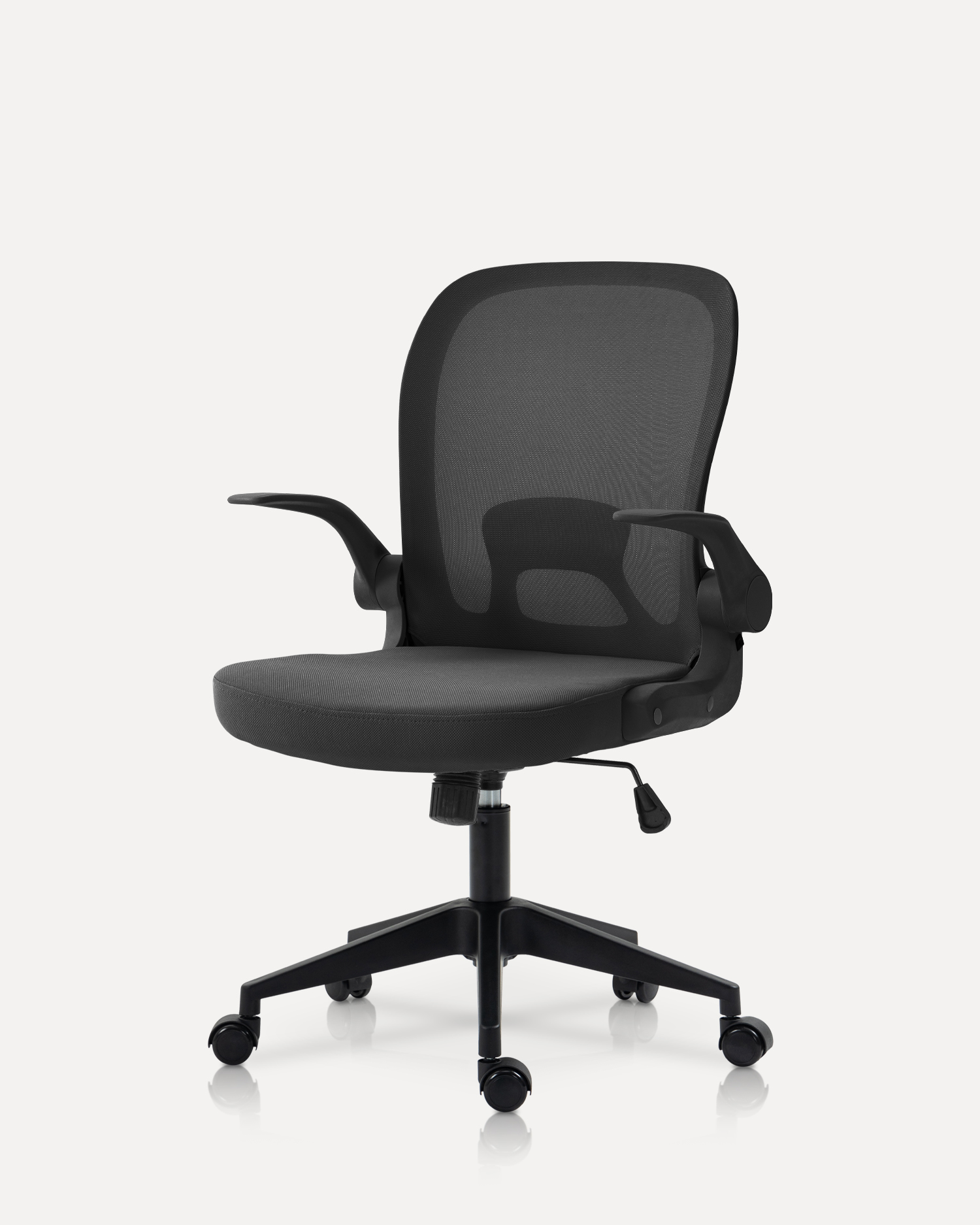

 English
English Français
Français Español
Español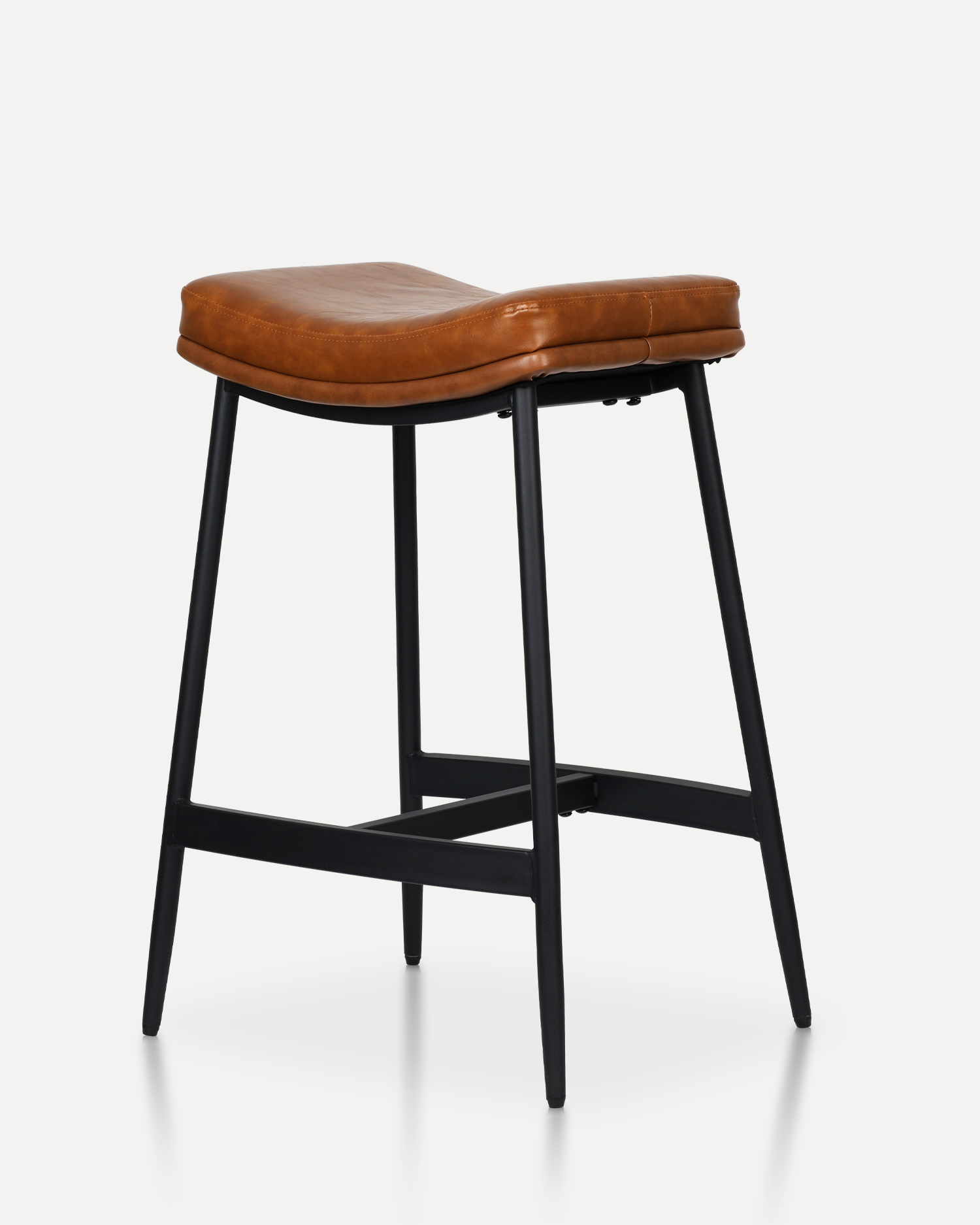
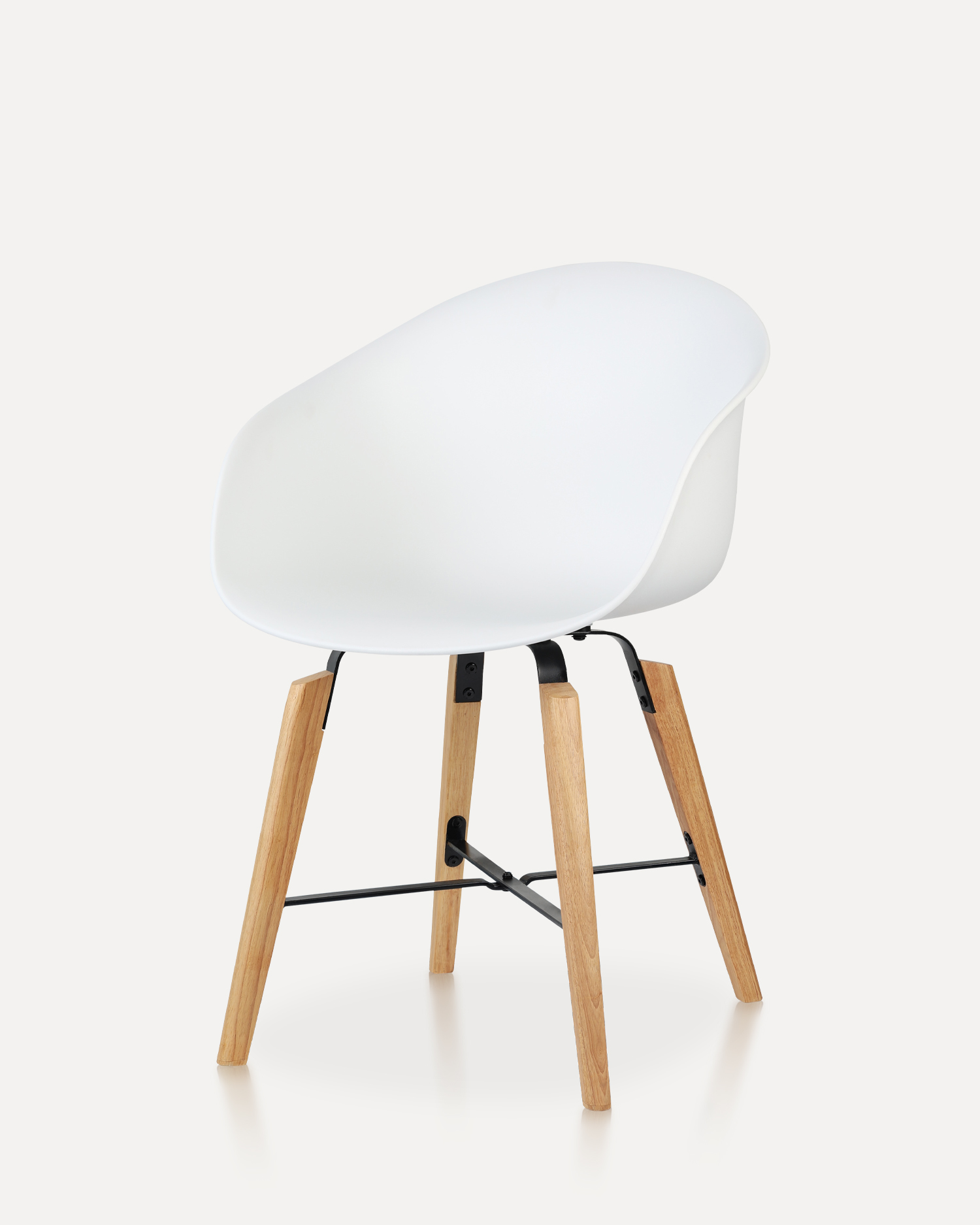
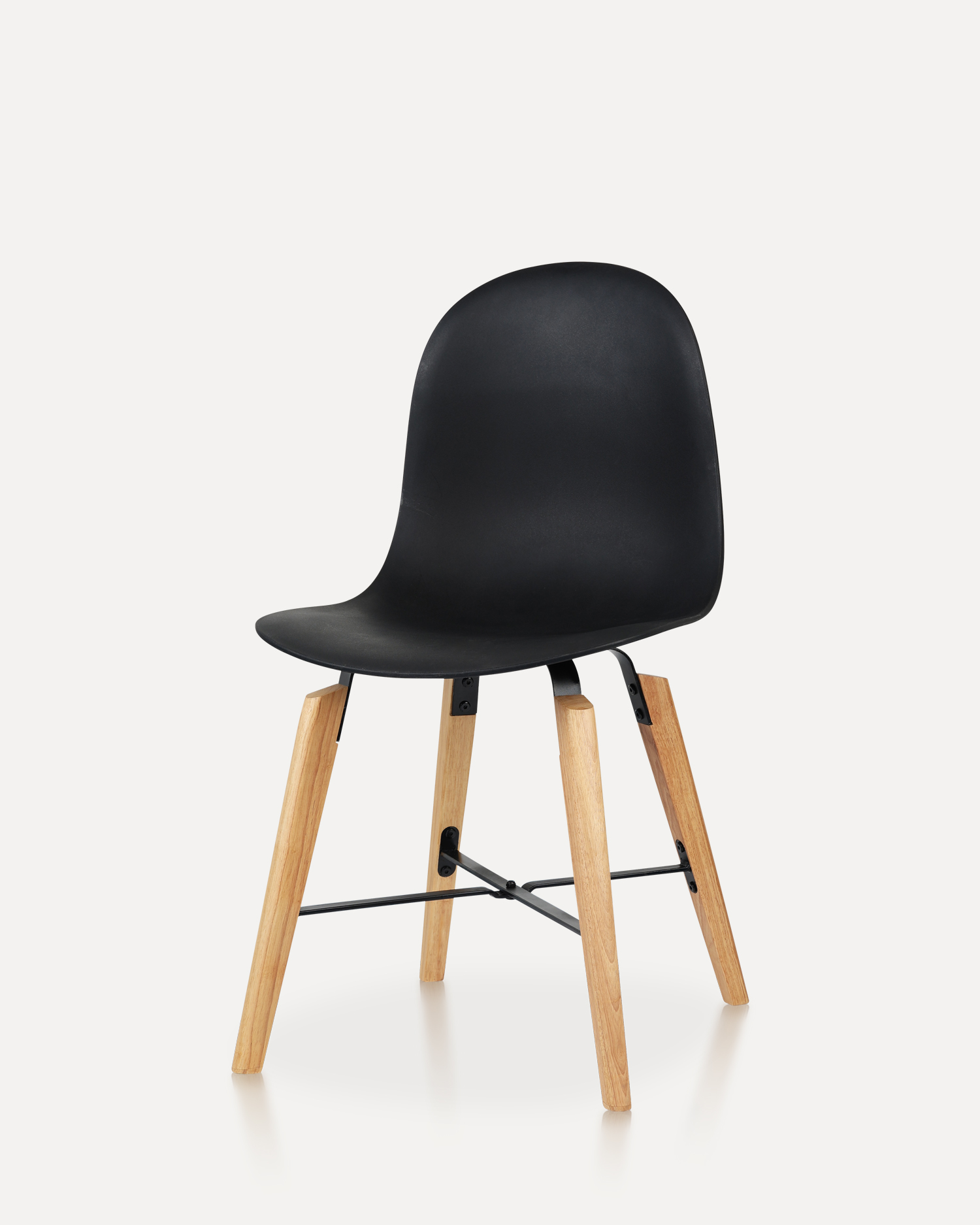
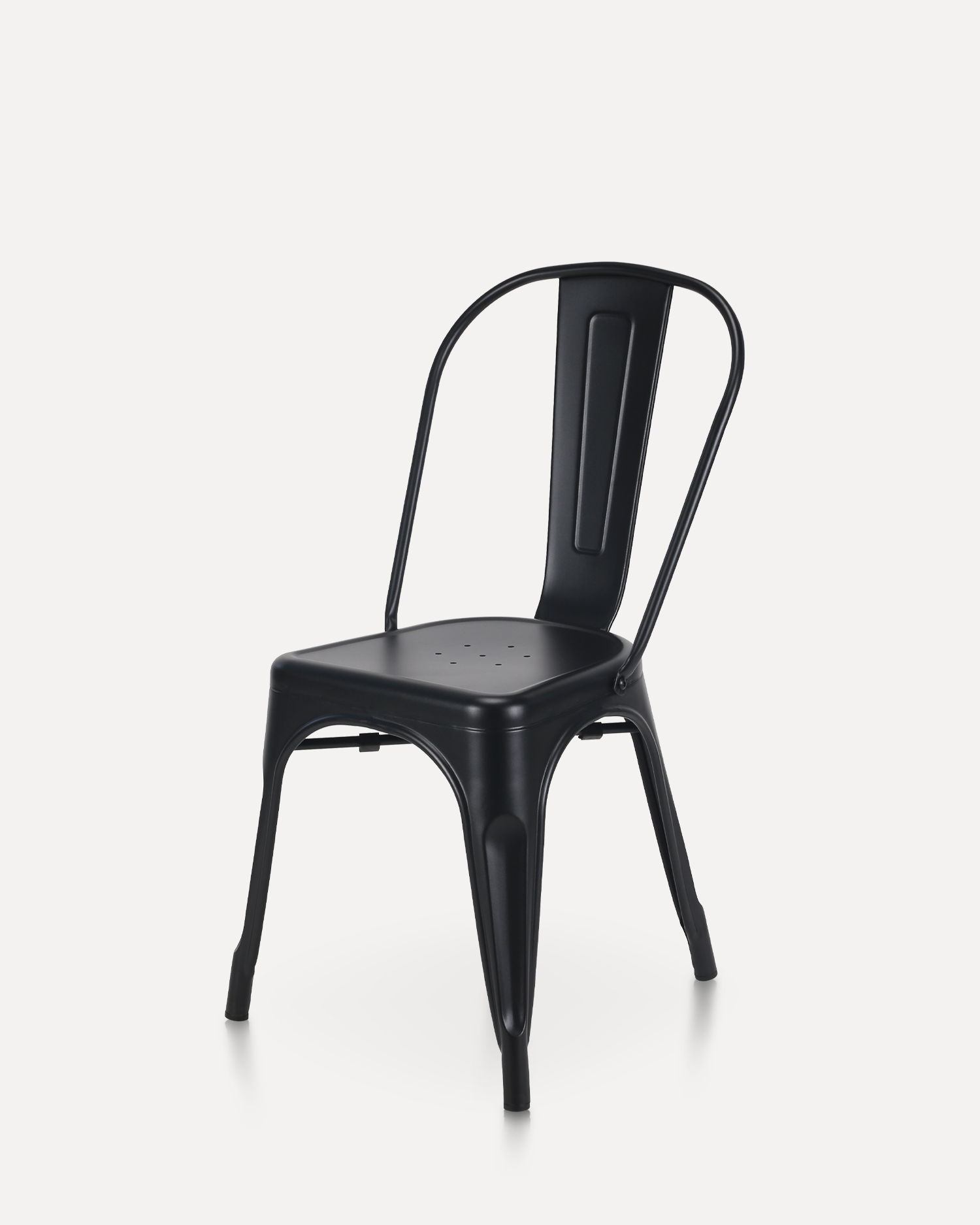
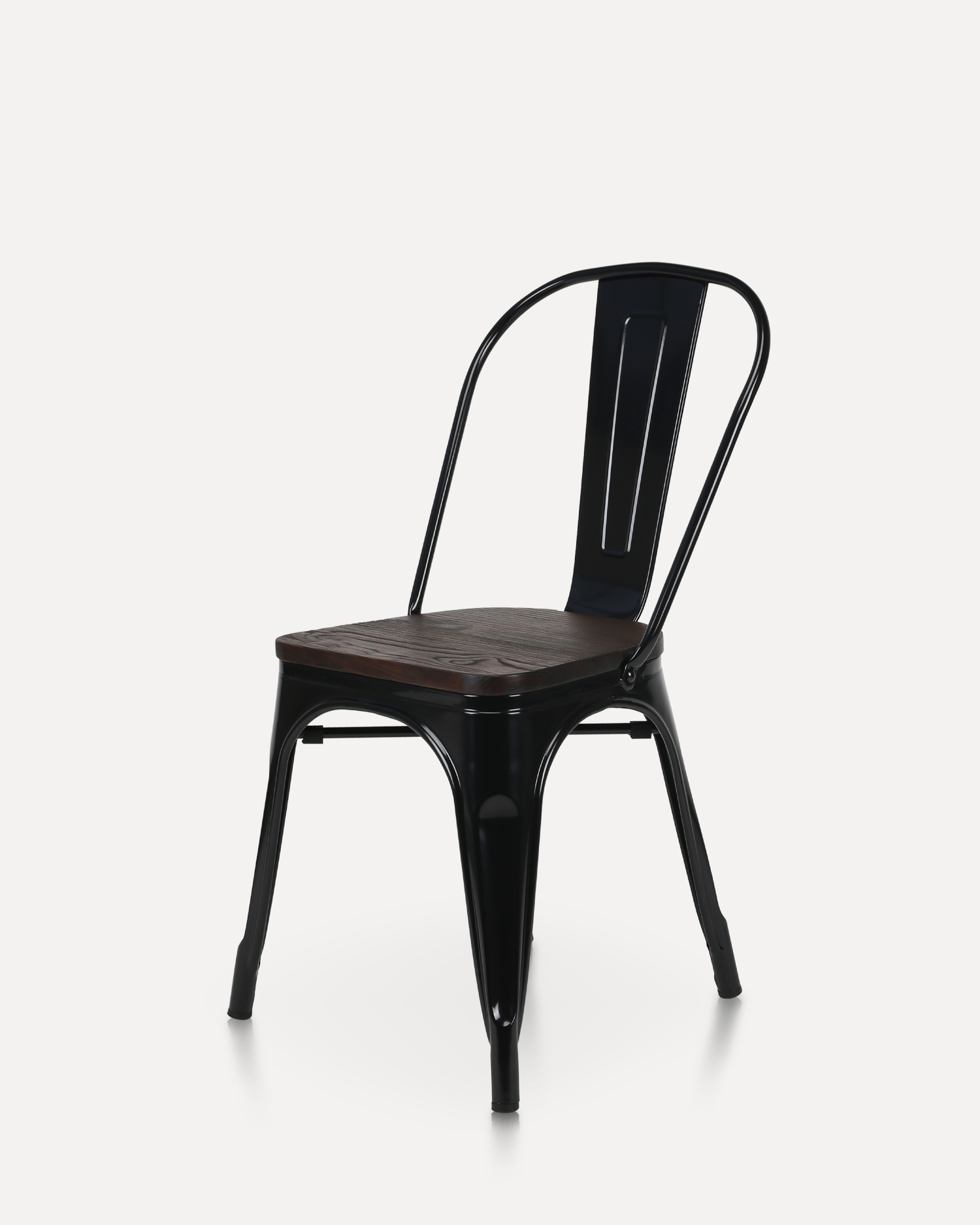
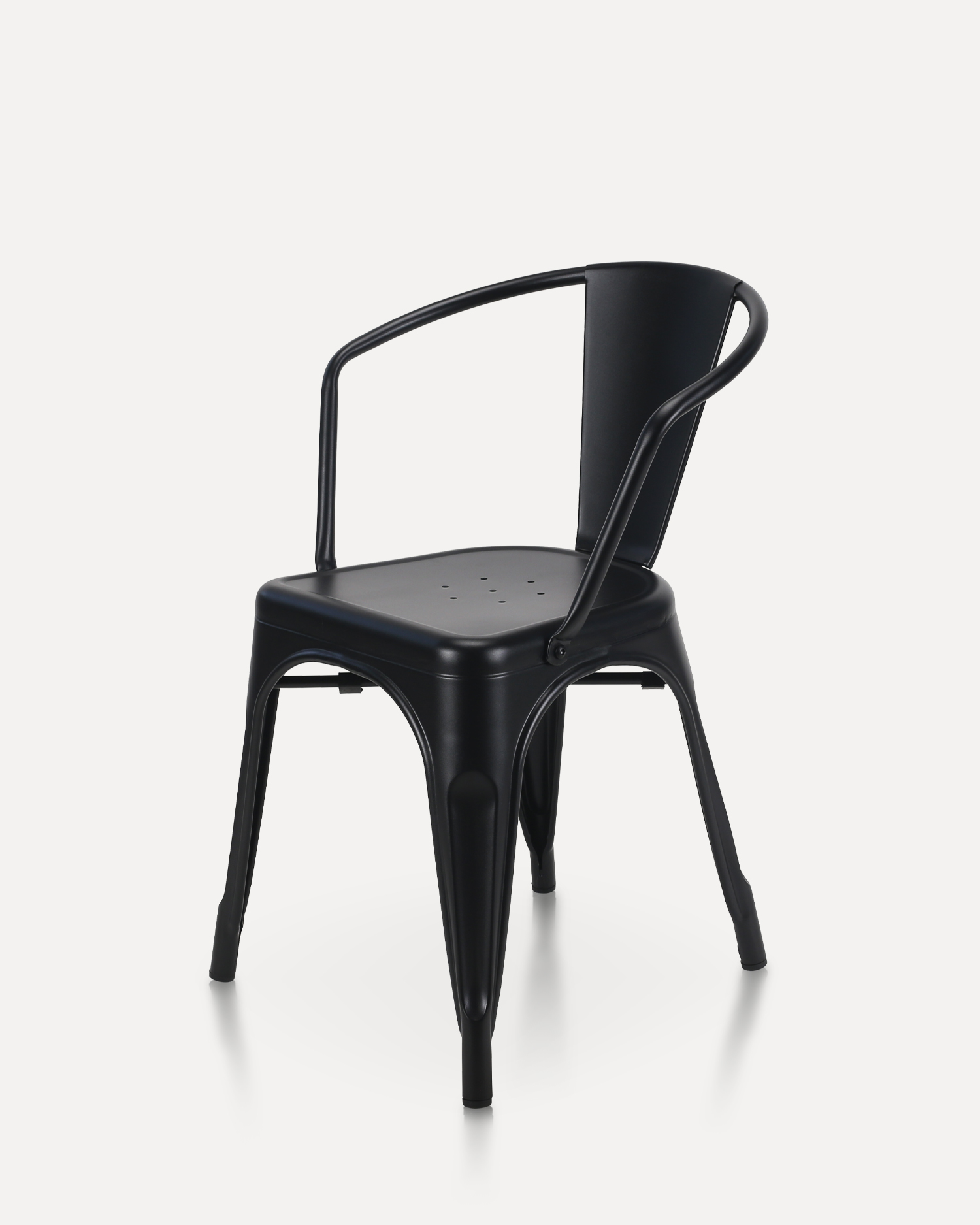
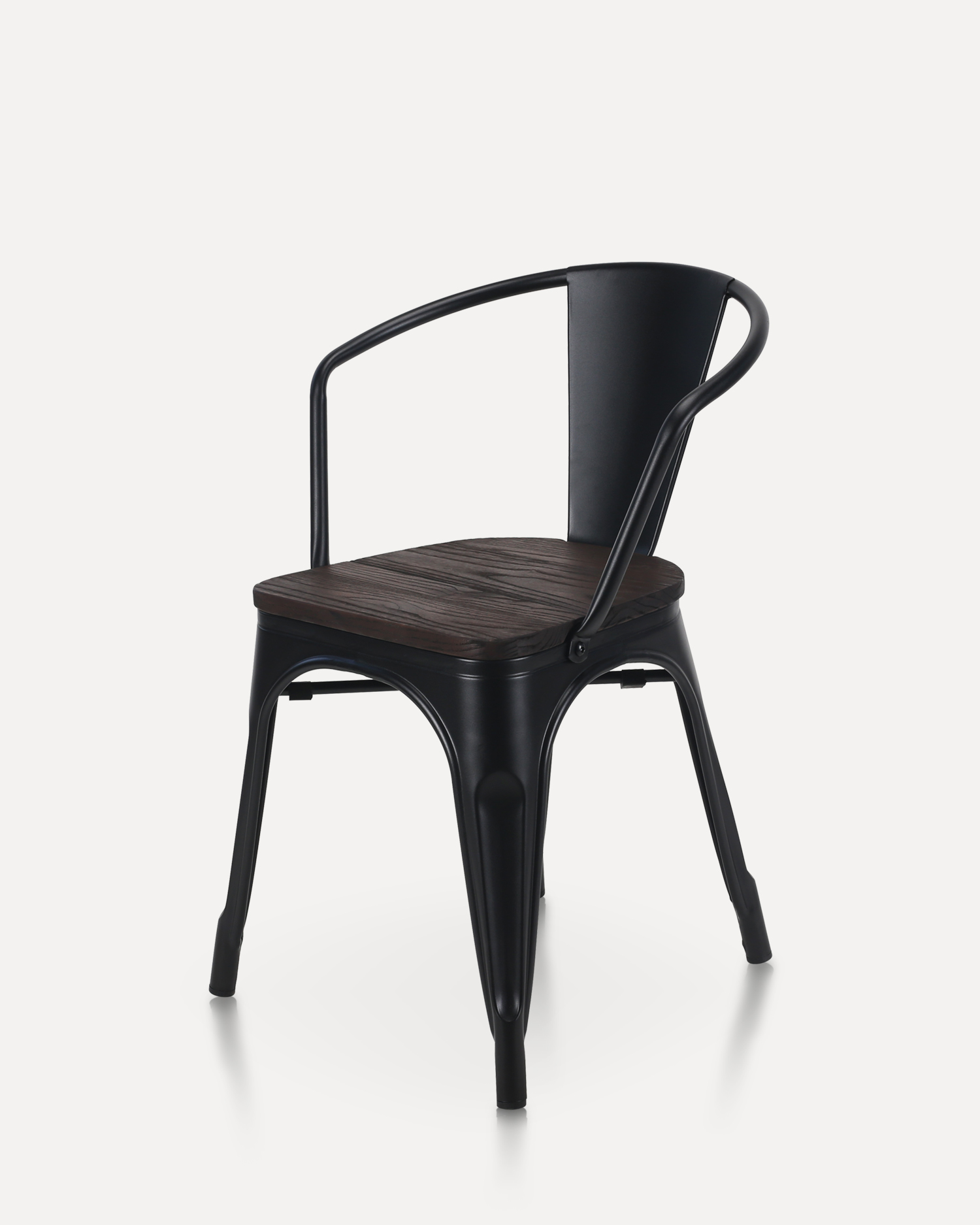
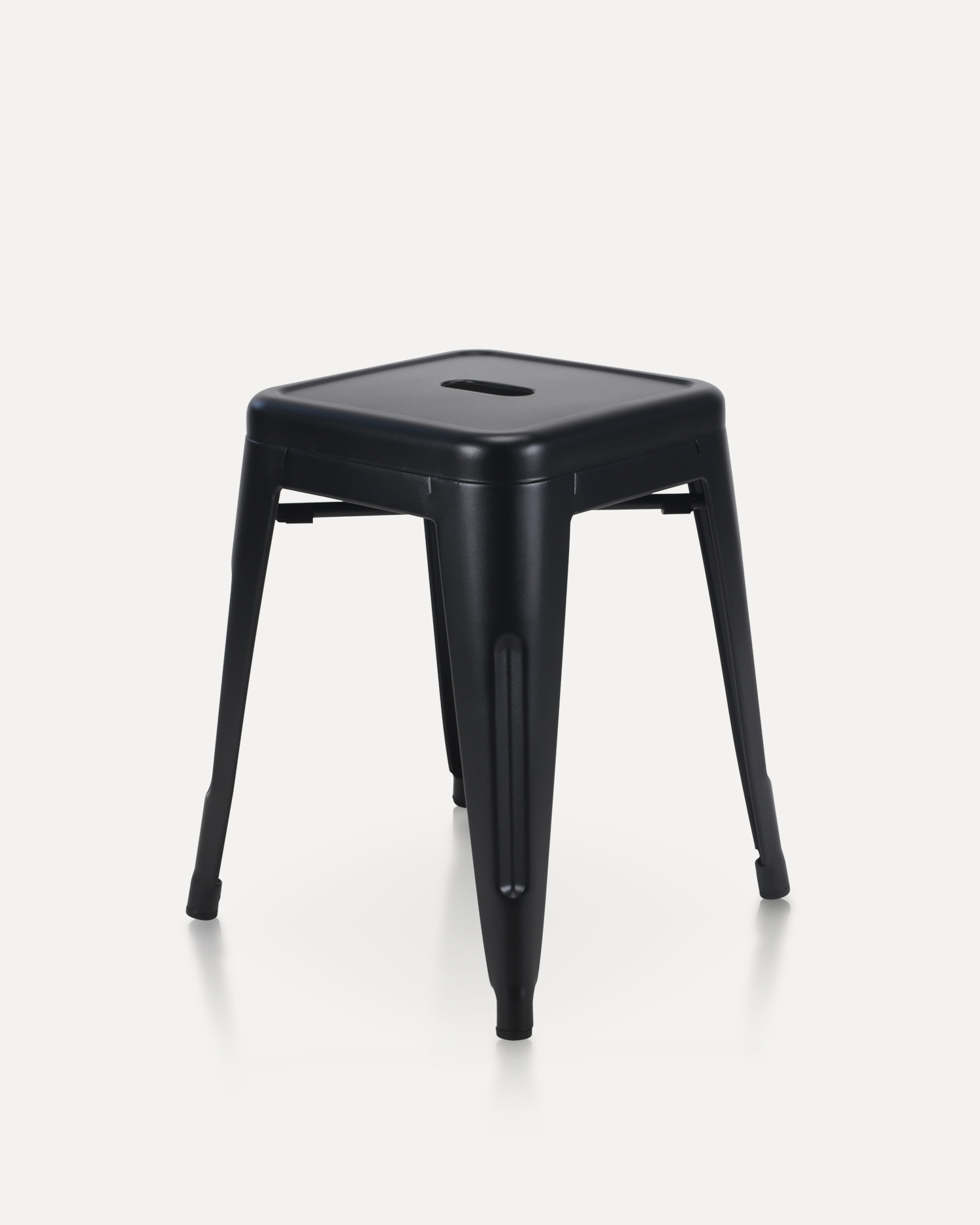
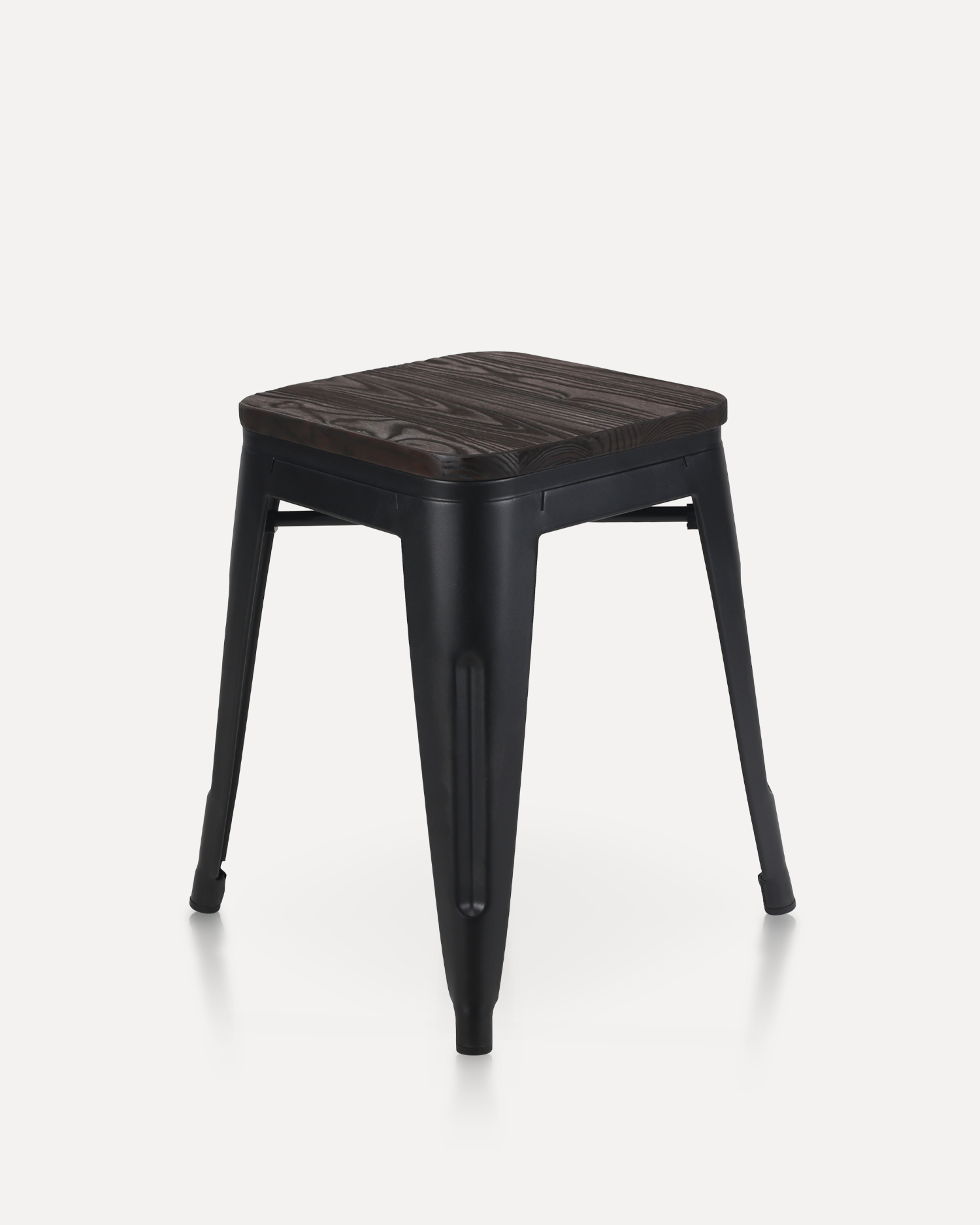
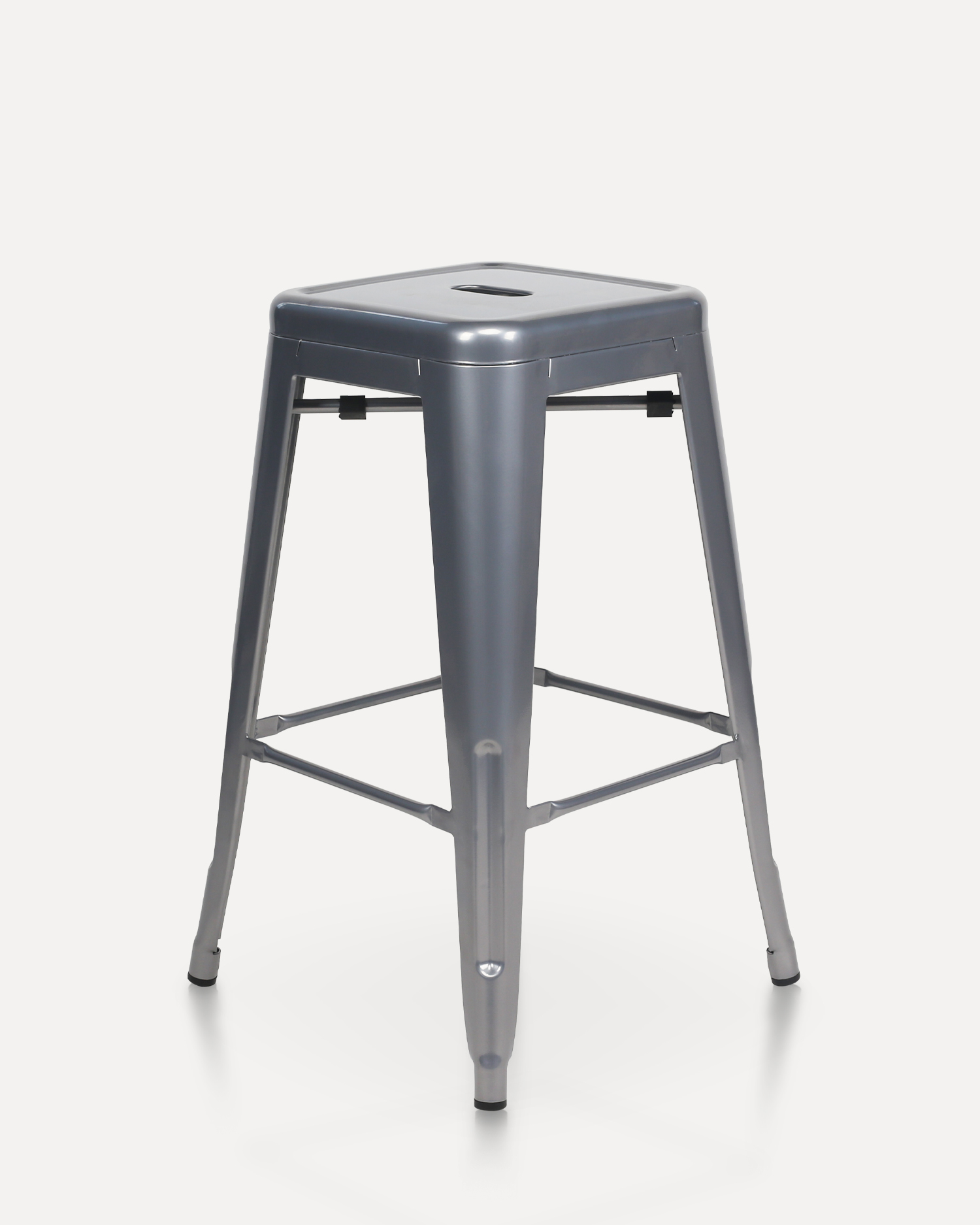
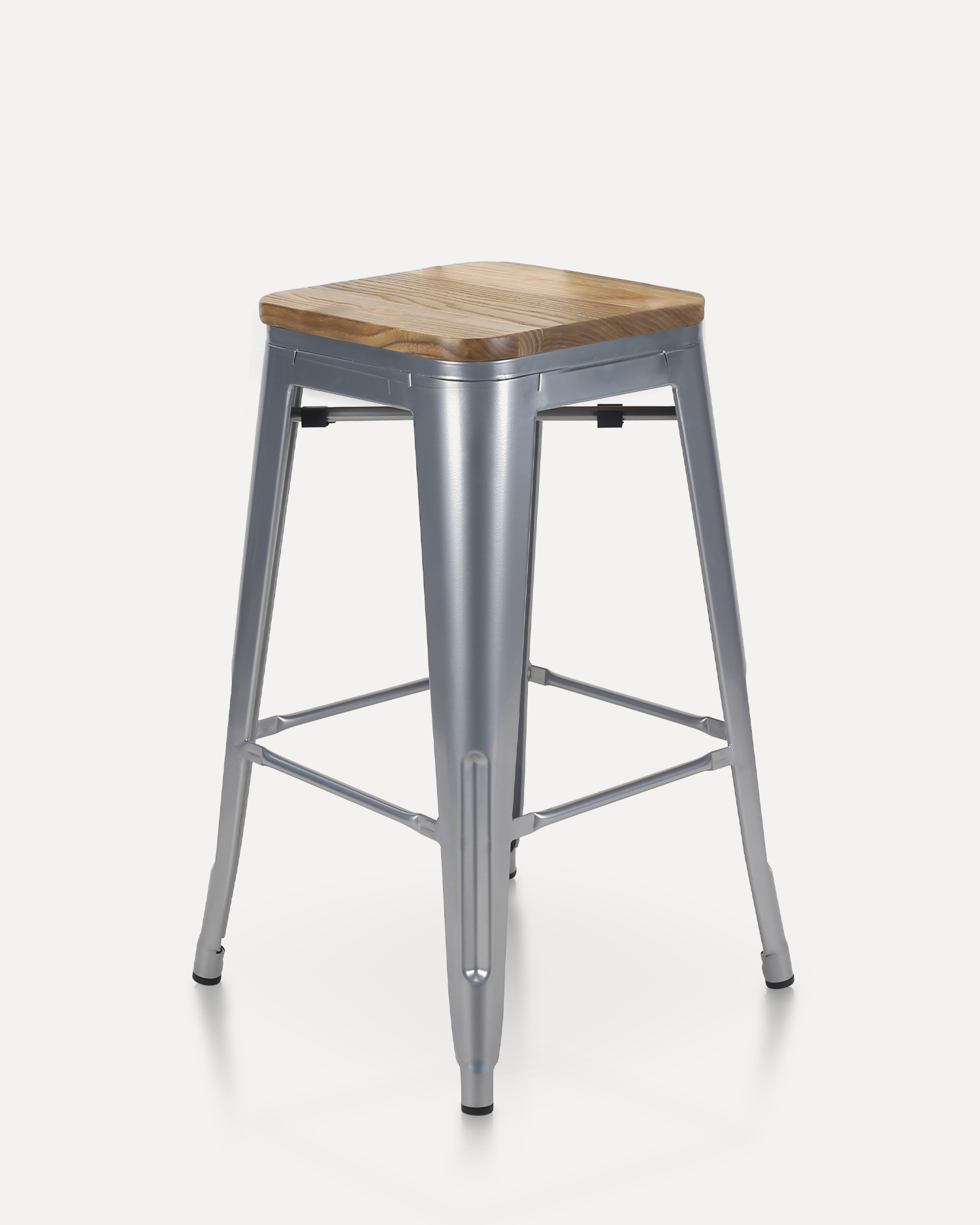
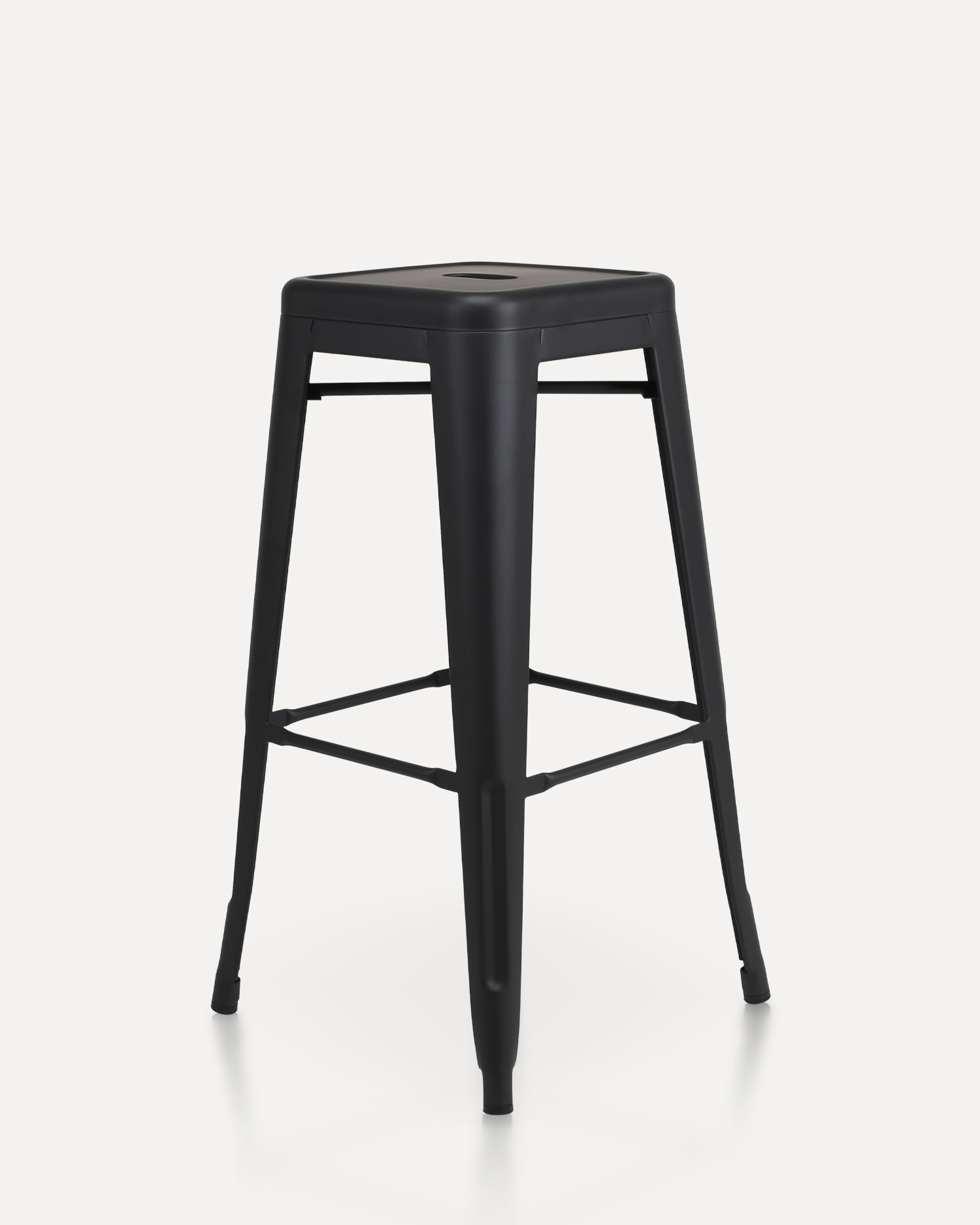





 Instagram
Instagram
 Facebook
Facebook
 Linkedin
Linkedin